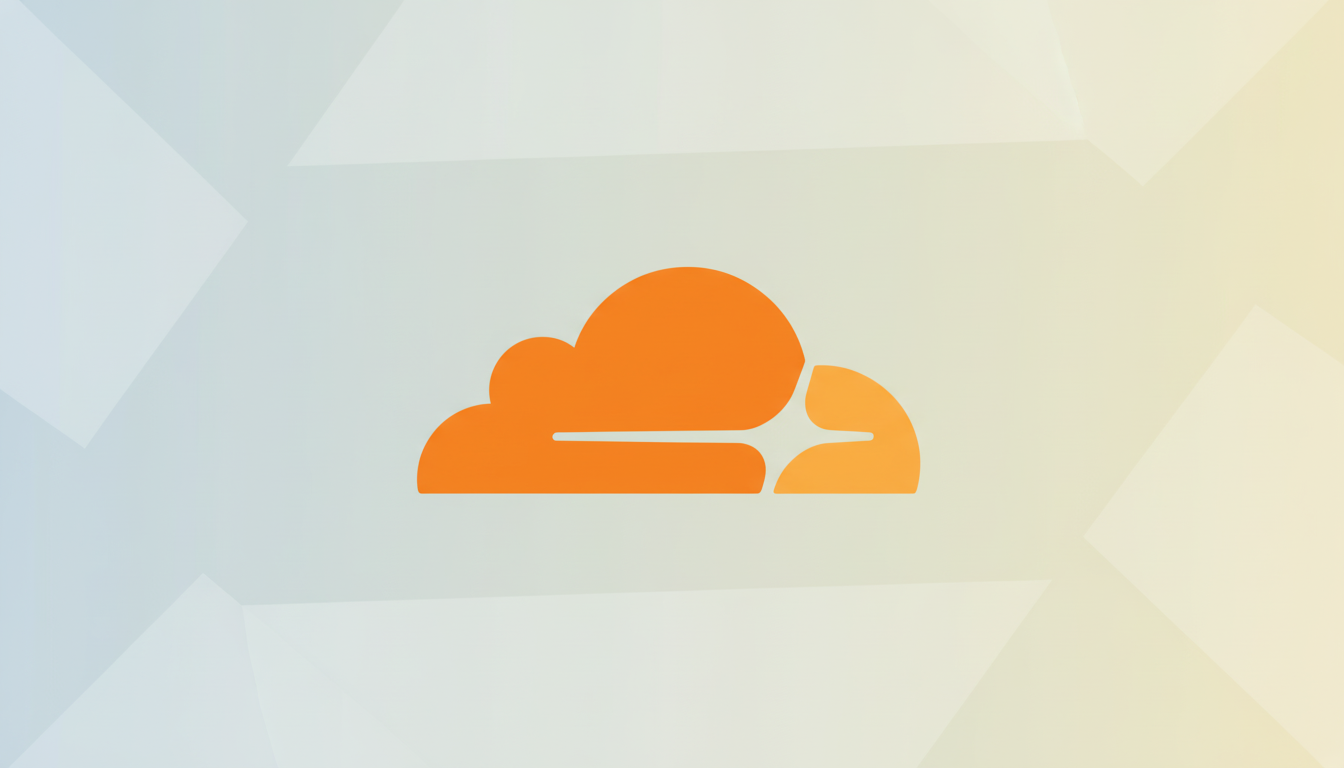X is currently shut down as a Cloudflare outage carries on, affecting large portions of the web and causing sluggish feeds, blank pages, and many broken websites.
Cloudflare reported a problem affecting many of its customers, with widespread 5xx errors across its network being observed, before providing signs of recovery along with an increased error rate during mitigation. Put simply, traffic, which normally flows seamlessly through Cloudflare’s edge, started failing at scale and the cascade was immediate.
- What Happened During the Widespread Cloudflare Outage
- Who Was Affected Across X and Other Major Platforms
- Why a Cloudflare Outage Spreads Across the Web Quickly
- What You Can Do Right Now While Services Stabilize
- How Businesses Can Strengthen Resilience After Outages
- What to Watch Next as Cloudflare Restores Services

What Happened During the Widespread Cloudflare Outage
The symptom profile suggested server-side issues, and not end-user connectivity. When the web suddenly lights up with a wave of 500-level errors, and many of its properties fail to respond at once, engineers tend to check first for control-plane or edge-layer issues, cache misconfigurations or proxy quirks, and internal dependency cascades. This is not the same as a pure DNS outage, which usually results in a domain name error rather than consistent 5xx responses once you’re connected.
Independent monitoring supports the extent. X spiked along with a number of high-traffic services, according to Downdetector. NetBlocks, ThousandEyes, and Kentik network observatories in turn often monitor similar anomalies during CDN-level events, when routing changes and loss patterns increase correspondingly as infrastructure providers re-route traffic, restore additional capacity, or manage congestion.
Who Was Affected Across X and Other Major Platforms
On X, user timelines were blank, media failed to load, and posting or refreshing sometimes didn’t work. Embedded posts and API-driven features also broke, a common symptom that occurs when edge proxies or upstream services fail to retrieve content from origin servers.
Beyond X, companies in e-commerce, SaaS, and media experienced sporadic outages, degraded performance, and failures to log in or check out. The impact will vary based on the region as it rebalances traffic through Cloudflare’s worldwide network, which may give rise to temporary load concentration followed by uneven recovery.
Why a Cloudflare Outage Spreads Across the Web Quickly
Cloudflare serves some number of millions of sites as a reverse proxy, CDN, DDoS protection service, and DNS provider. One little hiccup on the edge or within configuration distribution can have a domino effect in a matter of seconds across hundreds and thousands of downstream dependencies. The company’s Anycast network integrates hundreds of cities, and while it’s a strength for performance and resiliency, it also means that a systemic error will spread very rapidly.
Market trackers such as W3Techs and Datanyze have consistently shown Cloudflare underpinning a significant portion of the web, sometimes sitting at or above 20% for the top groups of sites. That level of adoption is part of what makes outages at Cloudflare feel like “a chunk of the internet” going dark. Similar events include the Fastly outage that briefly downed major publishers and platforms— and previous Cloudflare 5xx waves attributable to software bugs and rolled-out configurations.

What You Can Do Right Now While Services Stabilize
This is a provider-side issue, not your phone or router. Power-cycle your hardware, switch Wi-Fi networks—none of that will usually have any impact during CDN-level incidents. The right move is to wait for things to stabilize, and check official status pages as well as trusted monitoring accounts; look out for phishing attacks taking advantage of the downtime with fake login requests.
If services seem to be working partially, do not try to reset passwords or sign out unless you see confirmed instructions from the platform. Partial recovery can result in errors that seem to be account problems but are actually just edge timeouts.
How Businesses Can Strengthen Resilience After Outages
Things like this are why multi-CDN strategies, redundant DNS to multiple origin entry points, and origin health checks are valuable. Cache directives like stale-if-error and stale-while-revalidate can help with keeping key pages available when upstream services are flaky. Feature flags, graceful degradation for non-mission-critical components, and thorough synthetic and real-user monitoring mean that teams are able to spot failures immediately.
Circuit breakers and backoff policies guard against cascading timeouts for API-heavy products. Queues, notifications, and analytics pipelines should be built to heal and replay as the infrastructure comes back online after degradations, so that you don’t see data loss once traffic returns to normal.
What to Watch Next as Cloudflare Restores Services
I would expect a published post-mortem by Cloudflare explaining the root issue and measures put in place to guard against future occurrences. Short-term aftershocks are common as caching layers refill and providers smooth out traffic patterns, so intermittent errors may continue even as core services come back. For X and related services, users may be experiencing delayed notifications, media backfills, or short rate-limit messages until systems catch up.
The larger lesson is not a new one, but it feels newly urgent: when a major infrastructure layer falters, the consequences are quick and far-reaching. Diversification, clever caching, and coherent communication with users continue to be the best bulwarks against a further run of falling dominoes.

